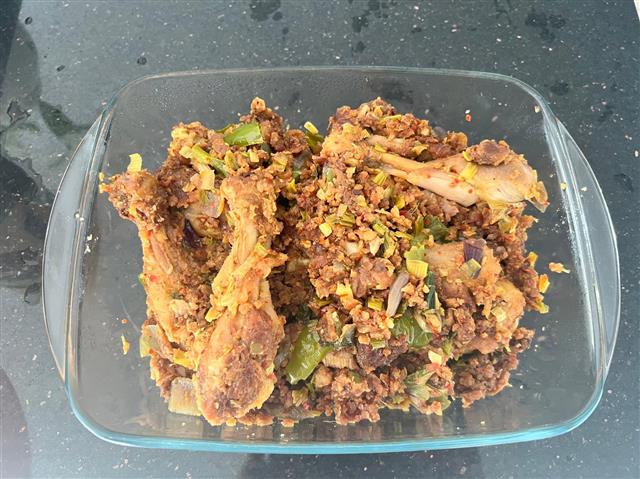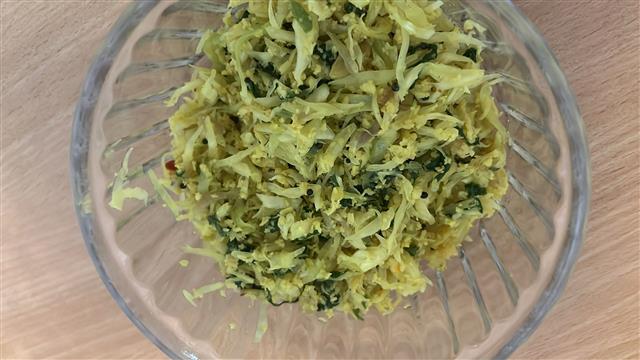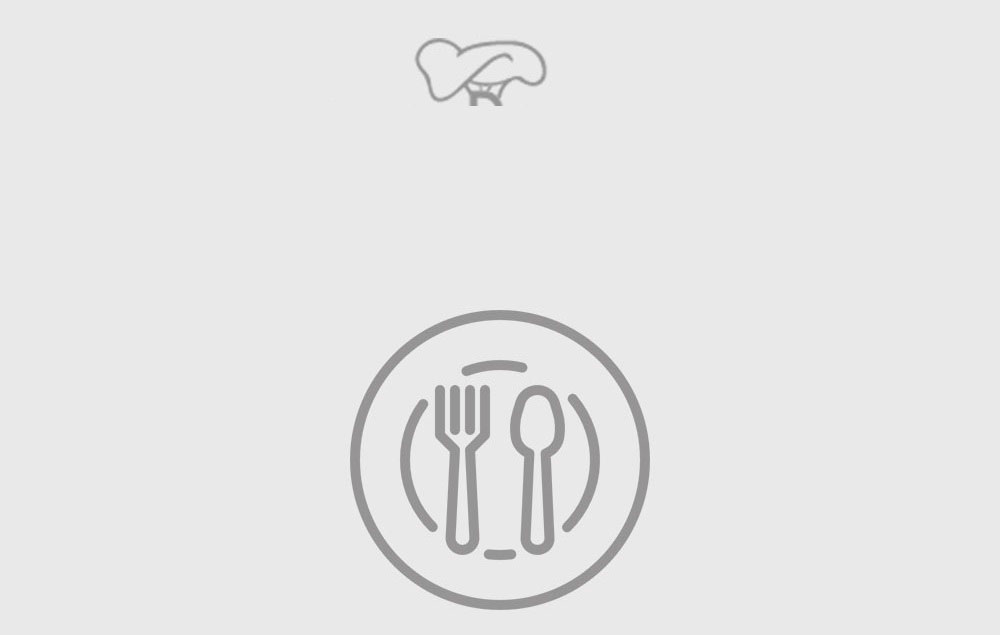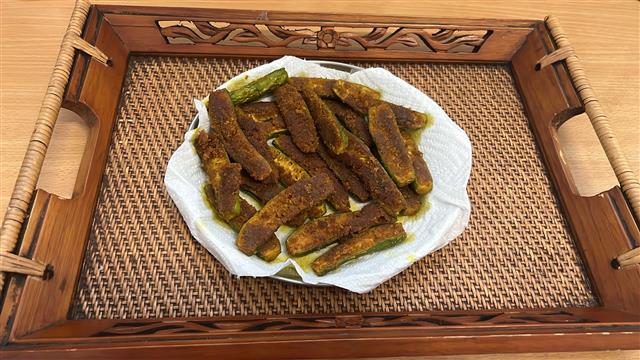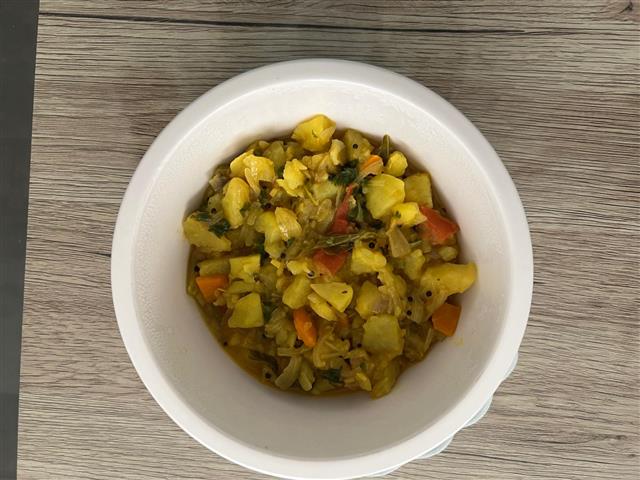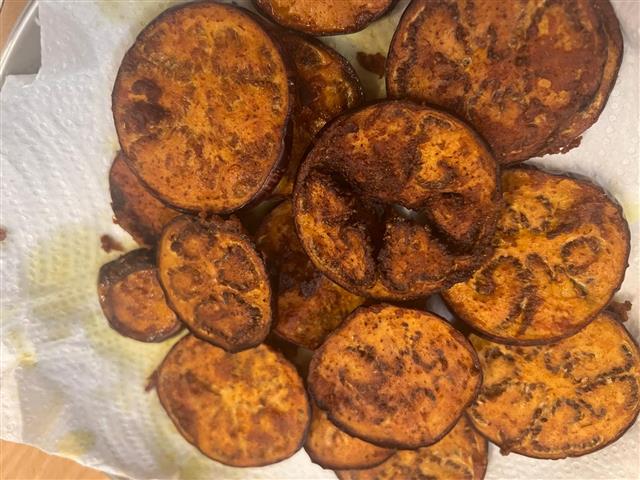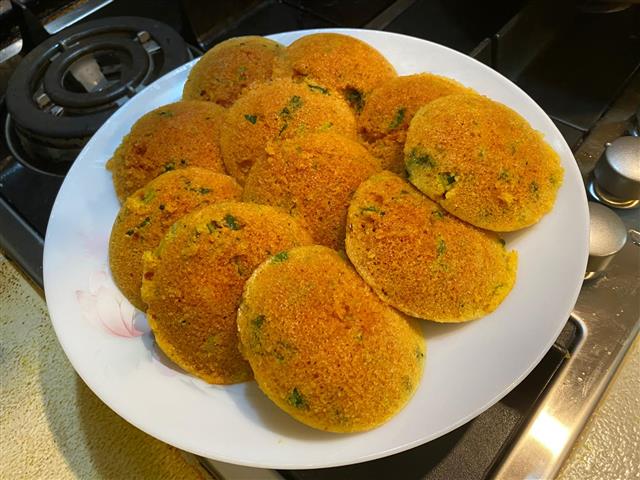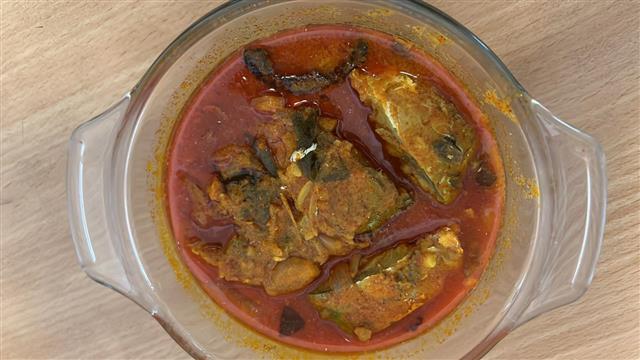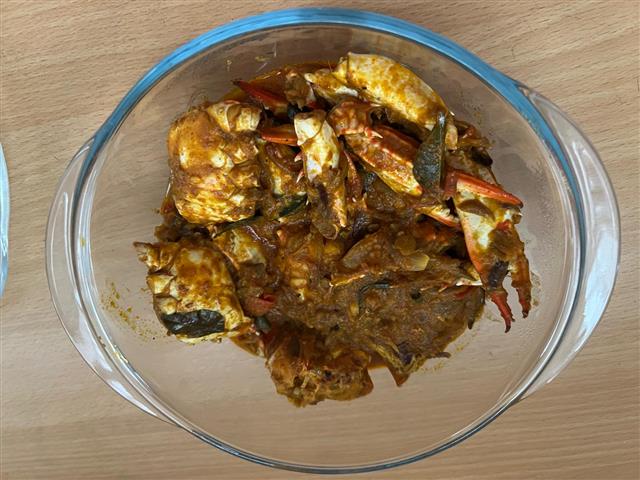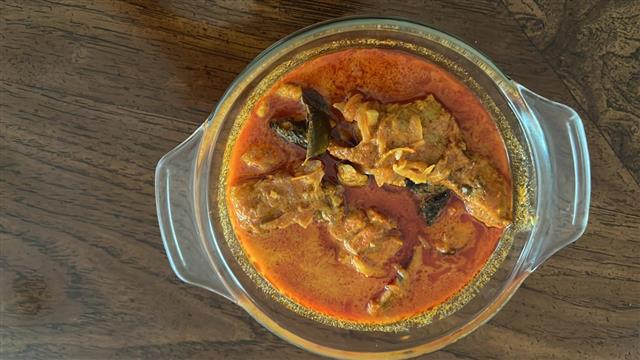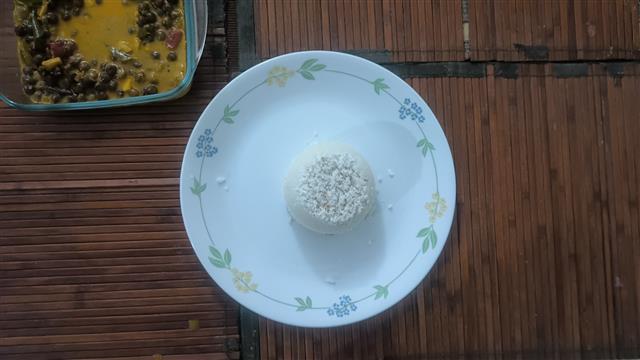
Ela Ada
(4 reviews)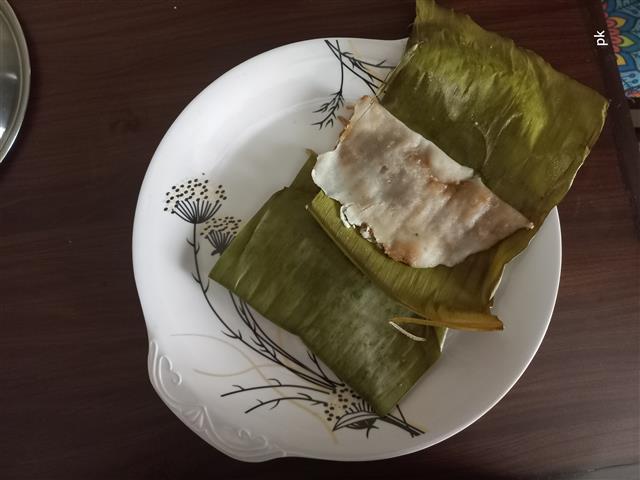
Fragrant, soft, and tender with the inviting aroma of banana leaves, Ela Ada is a cherished traditional delicacy from Kerala that brings back nostalgic memories. Carefully steamed to achieve the perfect texture, it features a delightful sweet coconut and jaggery filling wrapped in gentle rice dough. This humble yet divine treat is lovingly enjoyed for breakfast, teatime, or special celebrations like Onam.
Ingredients
Directions
- First, place the jaggery in a saucepan along with ¼ cup of water and melt it. Once melted, strain the impurities. Stir in the grated coconut and cardamom powder. Cook for 4 to 6 minutes or until the mixture thickens and turns sticky. Keep it aside.
- Boil water along with a dash of salt. Gradually pour the water into the roasted rice flour, while mixing with a spoon first, then knead into a smooth, soft dough with your hands. Spoon in a few drops of coconut oil to prevent sticking.
- Place each banana leaf briefly over a low flame for 10 to 15 seconds to make it soft and flexible. Wipe clean and lightly grease with coconut oil.
- Scoop out a small portion of dough, place it on the greased leaf, and spread it out evenly (about 5 inches round). Keep 1–2 tbsp of filling on one half. Fold the halved leaf to cover the filling and press the edges lightly to seal.
- Place all folded leaves in a steamer and steam for 10–15 minutes, until the leaf color deepens and the dough turns firm.
- Serve it hot.
Cooking Tips
Make sure to use roasted rice flour, as raw flour can make the dough sticky.
To get soft and smooth ada, knead the dough while it's warm.
Don't overfill the ada as it may leak while steaming.
Always soften banana leaves over a flame, as this prevents cracking.
To enhance the flavour of the filling, slightly caramelize the jaggery before adding coconut.
Marination Tips
- If time permits, allow the coconut-jaggery filling to sit for 20 minutes before stuffing. This gives it depth of flavour and a thicker, more aromatic filling.
How to Serve
Ela ada tastes the best when it is served warm or at room temperature. It is an excellent combo with evening tea or breakfast.
Often enjoyed during Onam Sadya or as a fasting snack.
The Story Behind Ela Ada
What does Ela Ada mean for Malayalis? It beautifully reflects Kerala's love for simplicity and its close connection to nature, as we often use banana leaves instead of foil or molds. Traditionally enjoyed during Onam and Vishu, it's also shared in Christian homes as a special Friday or fasting treat. The aroma of steaming banana leaves combined with the sweet aroma of jaggery and coconut filling often brings back warm memories of mothers making it in old clay steamers on monsoon mornings.
Pro Tips for Perfect Results
Spooning in ghee on top enhances the flavor.
To further enhance the flavour, spoon in a pinch of salt to the jaggery filling.
Mix small bits of jackfruit or banana into the filling for an authentic festive flavor.
Wet your fingers with oil or water while flattening dough to avoid stickiness.
Make sure to steam only on medium heat, as high heat can harden the dough.
Apply coconut oil on the inside of the leaf for easier unwrapping.
Ela Ada Variations
Chakka Ada, in which we add ripe jackfruit pulp to the filling.
Pazham Ada, in which we use mashed ripe banana with coconut and jaggery.
Ragi Ada, in which we substitute rice flour with ragi flour for a healthy twist.
Aval Ada, in which we use flattened rice mixed with the jaggery-coconut filling.
Sugar Ada, in which we substitute jaggery with brown sugar or palm sugar.
Storing & Reheating Tips
Leftover Ada can be stored for 1 day at room temperature.
When stored in the refrigerator, it can stay good for up to 2 days; just re-steam before serving.
Do not freeze ada, as the leaf texture changes after thawing.
Common Mistakes to Avoid
Make sure the dough is not too dry, as it will cause cracks. To avoid that, add a few drops of hot water if needed.
Do not add too much water, as it will make the dough sticky. To fix it, add more rice flour.
Ensure the ada is not overstuffed, as it causes leaks during steaming.
If not flame-softened, there is a possibility for the leaf to tear up.
Make sure to grease the insides, as it might lead to the dough sticking to the leaf.
Frequently Asked Questions
Q1: Can I make Ela Ada without banana leaves? A: Yes, if unable to get banana leaves, go for parchment paper or idli plates, but the authentic aroma comes only from banana leaves.
Q2: Can I use store-bought jaggery syrup? A: Yes, but lower the water amount while cooking to prevent sogginess.
Q3: Why does my dough crack while folding? A: It cracks when the dough has cooled too much. To fix it, knead it warm or add a spoonful of hot water.
Q4: Can I make it gluten-free? A: It's naturally gluten-free since it's made from rice flour.
Q5: Can I prepare the filling ahead of time? A: Yes, store it in the fridge for 2 days. Reheat lightly before use.
Equipment Needed
Steamer or idli pot
Mixing bowl
Pan for jaggery syrup
Spoon or spatula
Scissors/knife for trimming leaves
